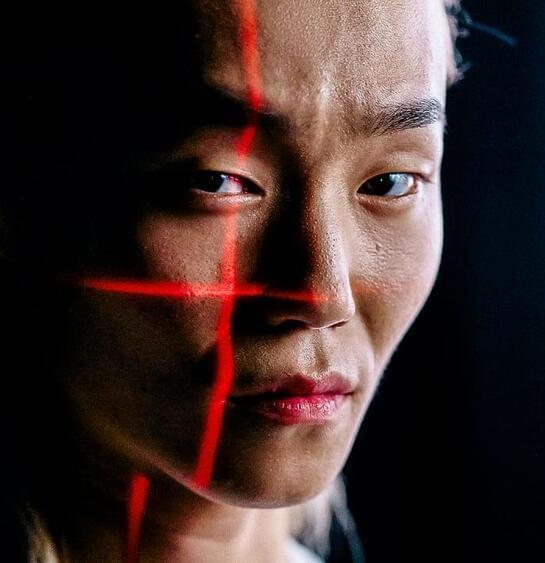“We were really surprised by this result because our motivation was to find an indirect route to improve performance, and we thought trust would be that—with real faces eliciting that more trustworthy feeling,” Nightingale says.
Farid noted that in order to create more controlled experiments, he and Nightingale had worked to make provenance the only substantial difference between the real and fake faces. For every synthetic image, they used a mathematical model to find a similar one, in terms of expression and ethnicity, from databases of real faces. For every synthetic photo of a young Black woman, for example, there was a real counterpart.
